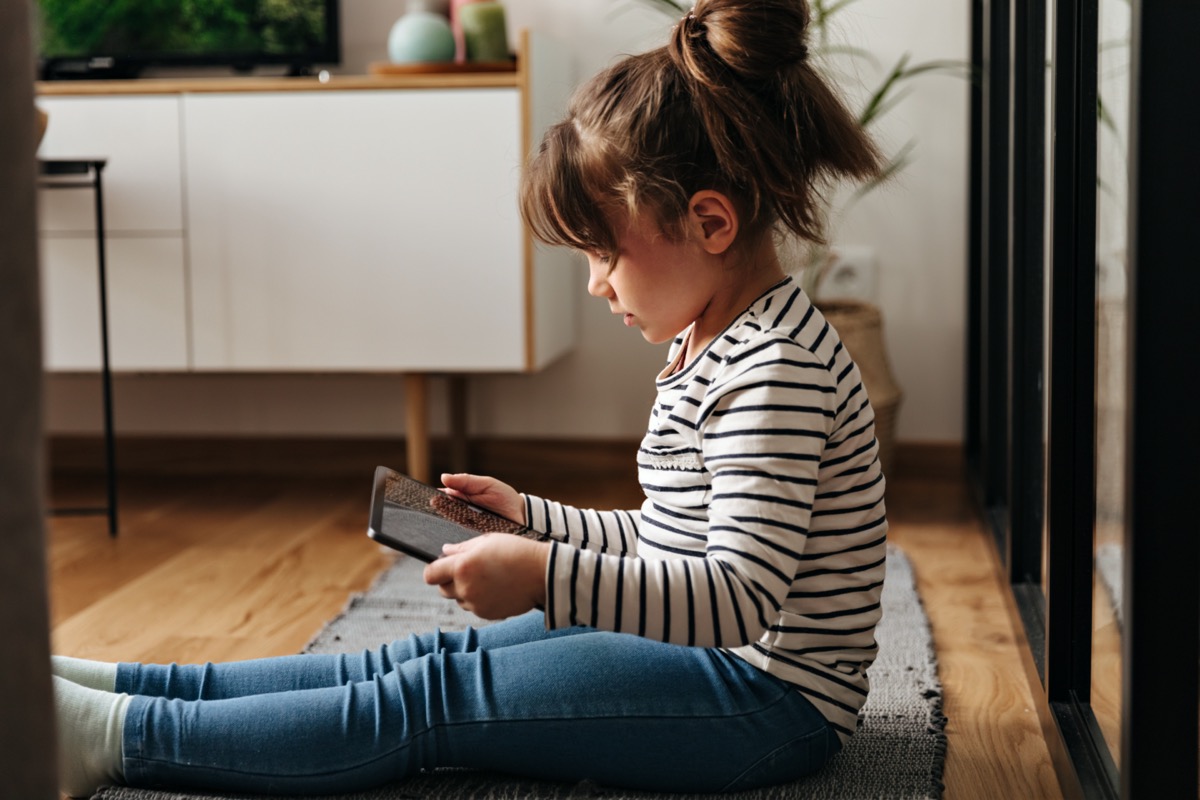When setting up privacy controls, it is essential to consider the type of content being shared, as well as who should be able to view it. For instance, a person may opt for a high level of protection if they are posting photos or videos on social media platforms. Such posts should only be visible to specific people or groups – not everyone on the internet – so a stringent policy should be applied here. On the other hand, someone sharing public posts may not need such tight restrictions; granting access to anyone would suffice in this case.
It is also important to remember that privacy settings do not guarantee 100% security; they merely provide additional layers of defense against potential intrusions or misuse of your data. Therefore, users must still take measures like changing passwords regularly and avoiding suspicious links when browsing online in order to stay safe from cyber threats.
In conclusion, privacy settings are an invaluable tool for safeguarding one's personal information and managing their online presence responsibly. With proper configuration and frequent review, these features offer us peace of mind when exploring the digital world!


